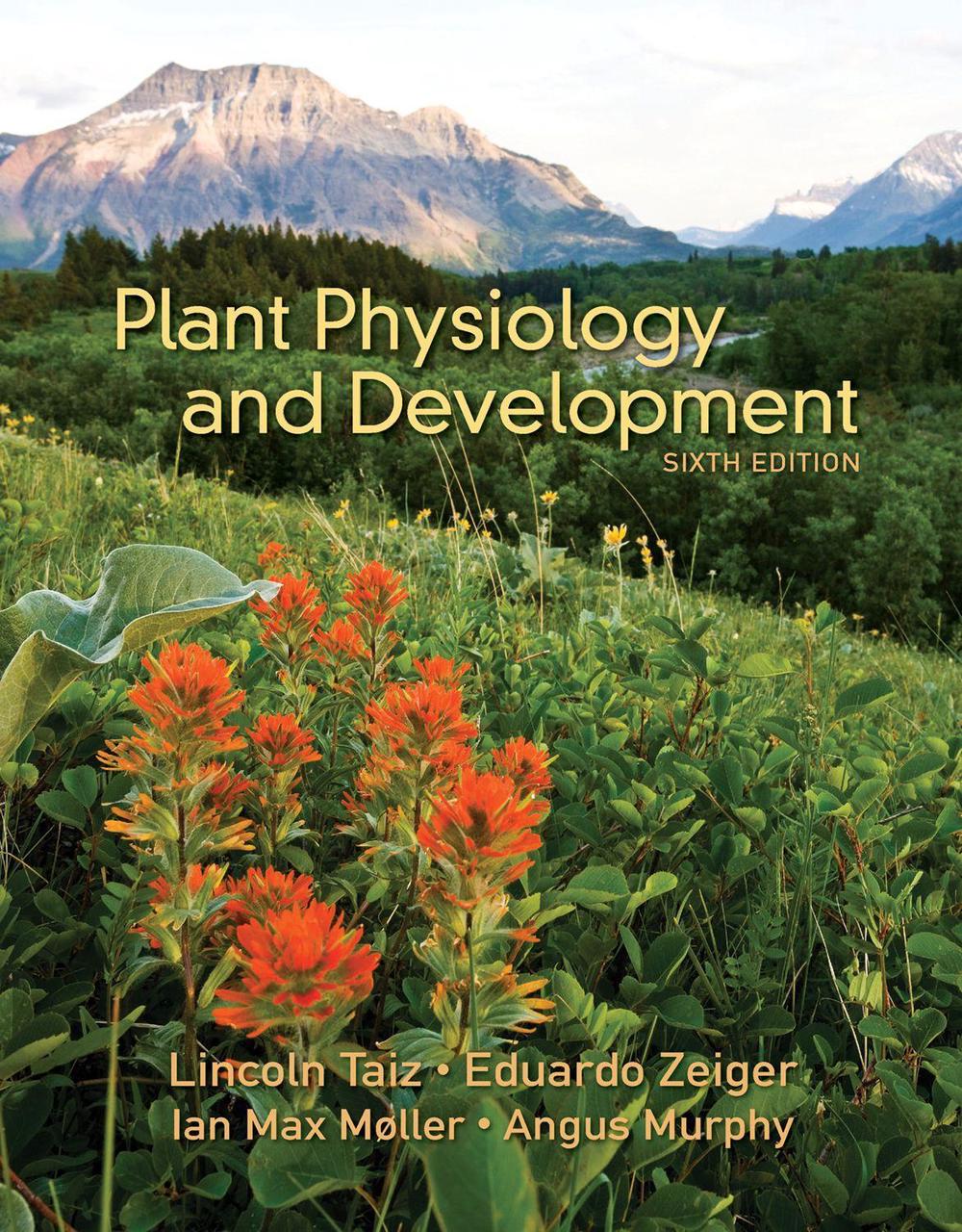
Plant Physiology and Development, 6th Edition
$298.09
- Hardcover
761 pages
- Release Date
31 October 2017
Summary
Throughout its twenty-two year history, the authors of Plant Physiology have continually updated the book to incorporate the latest advances in plant biology and implement pedagogical improvements requested by adopters. This has made Plant Physiology the most authoritative, comprehensive, and widely used upper-division plant biology textbook. In the Sixth Edition, the Growth and Development section (Unit III) has been reorganized and expanded to present the complete life cycle of seed plants …
Book Details
| ISBN-13: | 9781605352558 |
|---|---|
| ISBN-10: | 1605352551 |
| Series: | Sinauer |
| Author: | Lincoln Taiz, Eduardo Zeiger, Ian M. Moller, Angus Murphy |
| Publisher: | Sinauer Associates |
| Imprint: | Sinauer Associates Inc.,U.S. |
| Format: | Hardcover |
| Number of Pages: | 761 |
| Edition: | 6th |
| Release Date: | 31 October 2017 |
| Weight: | 2.12kg |
| Dimensions: | 30mm x 221mm x 279mm |
About The Author
Lincoln Taiz
Lincoln Taiz is Professor Emeritus of Molecular, Cellular, and Developmental Biology at the University of California at Santa Cruz. He received his Ph.D. in Botany from the University of California at Berkeley in 1971. Dr. Taiz’s main research focus has been on the structure, function, and evolution of vacuolar H+-ATPases. He has also worked on gibberellins, cell wall mechanical properties, metal tolerance, auxin transport, and stomatal opening. Eduardo Zeiger is Professor Emeritus of Biology at the University of California at Los Angeles. He received a Ph.D. in Plant Genetics at the University of California at Davis in 1970. His research interests include stomatal function, the sensory transduction of blue-light responses, and the study of stomatal acclimations associated with increases in crop yields. Ian M. Moller is Associate Professor of Molecular Biology and Genetics at Aarhus University, Denmark. He received his Ph.D. in Plant Biochemistry from Imperial College, London, UK. He has worked at Lund University, Sweden and, more recently, at Riso National Laboratory and the Royal Veterinary and Agricultural University in Copenhagen, Denmark. Professor Moller has investigated plant respiration throughout his career. His current interests include turnover of reactive oxygen species and the role of protein oxidation in plant cells. Angus Murphy has been Professor and Chair of the Department of Plant Science and Landscape Architecture at the University of Maryland since 2012. He earned his Ph.D. in Biology from the University of California at Santa Cruz in 1996 and moved to Purdue University as an assistant professr in 2001. Dr. Murphy studies ATP-Binding Cassette transporters, the regulation of auxin transport, and the mechanisms by which transport proteins are regulated in plastic plant growth.
Returns
This item is eligible for free returns within 30 days of delivery. See our returns policy for further details.




